Bathroom grout that has begun to crumble and fall out can be unsightly. It can also lead to water leakage issues in your bathroom. But what causes bathroom grout to fall out? We researched the most common reasons for this issue, and in this post, we will discuss them in detail.
Here are the most common reasons why bathroom grout will fall out:
- Moisture issues
- Too much water
- Grout is improperly packed into the grout joints
- Improper sealing
- Bad grout curing timing
- Cleaners that are too harsh
- Wear and tear
- Too much polymer additive
It's important to address crumbling bathroom grout immediately. You will usually notice bits and pieces of the grout gathering up around your bathtub or bathroom floor. If left unattended, you may find that mold and water leakage issues will begin to develop. Continue reading to learn more about how to prevent this issue and how to resolve it.

What Causes Bathroom Grout to Fall Out?
Here we'll talk more about what can cause bathroom grout to fall out.
We sometimes add affiliate links and content that was curated and created by our team with the help of advanced ai tools to help showcase the best design styles.
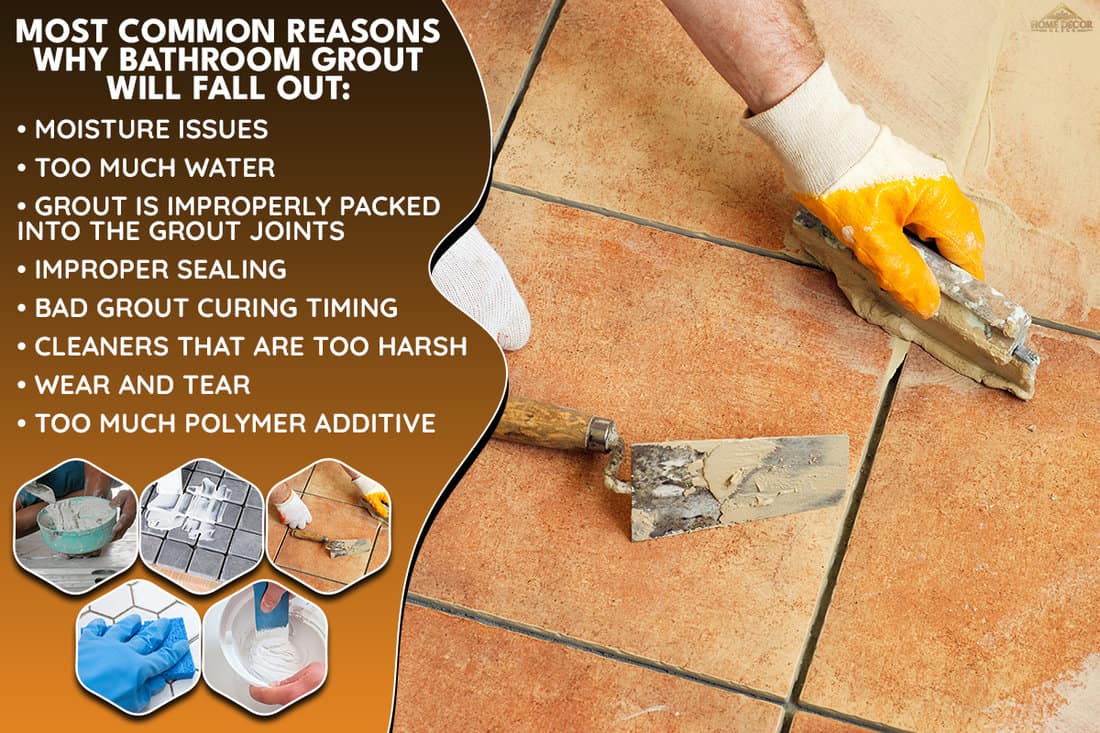
Moisture Issues
Grout and moisture do not get along. In fact, it's probably one of the biggest causes of peeling and cracked grout. Moisture can find its way into the smallest and most porous areas of the grout, where it will become trapped. Over time this will cause mold and mildew to develop and eventually lead to the premature disintegration of the grout. Since bathrooms are typically humid environments, this can happen fairly quickly if the grout has not been sealed.
The area will need to be re-grouted, and a sealer will need to be applied to prevent further moisture-related issues. It may be best to apply an impregnating sealer, as they can penetrate below the surface of the grout to offer sufficient protection against moisture.
Read more details about this impregnating sealer on Amazon.
Too Much Water
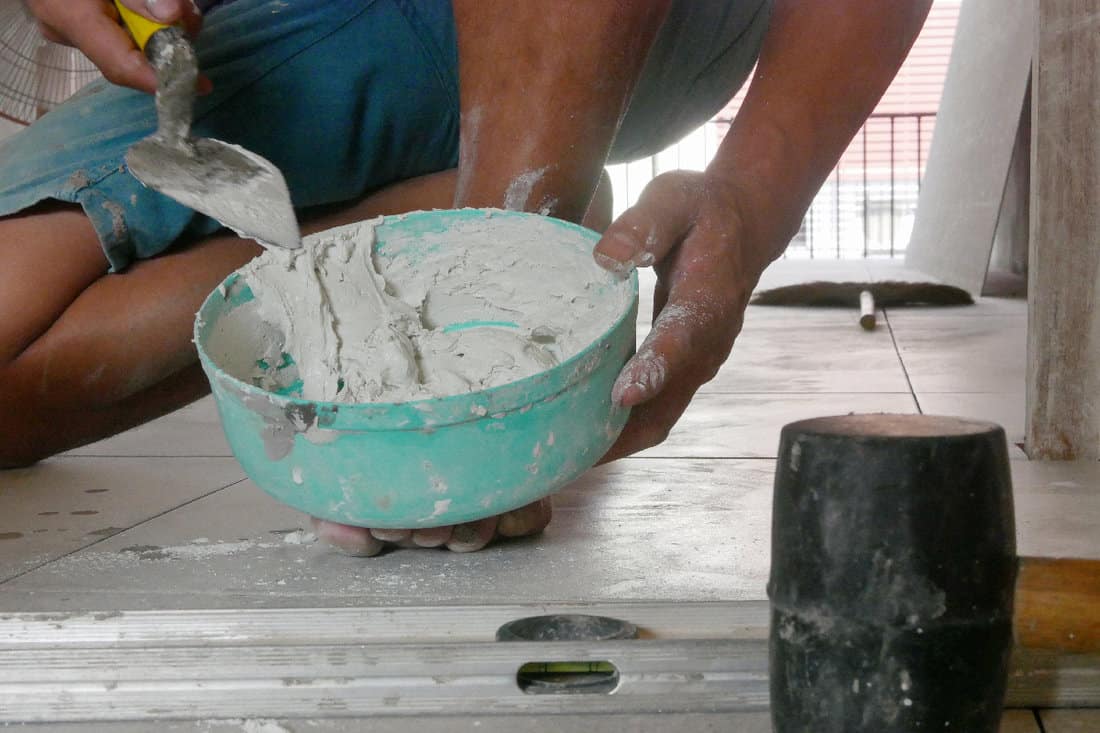
If you're working with a powder or a fast-drying grout, you'll need to add water to help form it. However, some technicians may mix it with more water than is needed, resulting in the grout mix developing soup-like consistency. As a result, the bonding agents in the grout will not adhere properly to the surface of the tile.
When this happens, you'll notice that the grout will begin to crumble and flake off during the following weeks after the installation. If you notice that the grout is cracked and crumbling immediately after it's been installed, chances are that this is the issue. In which case, the poorly mixed grout will need to be removed and re-applied.
Check out this thin-set on Amazon.
Grout Is Improperly Packed Into The Grout Joints
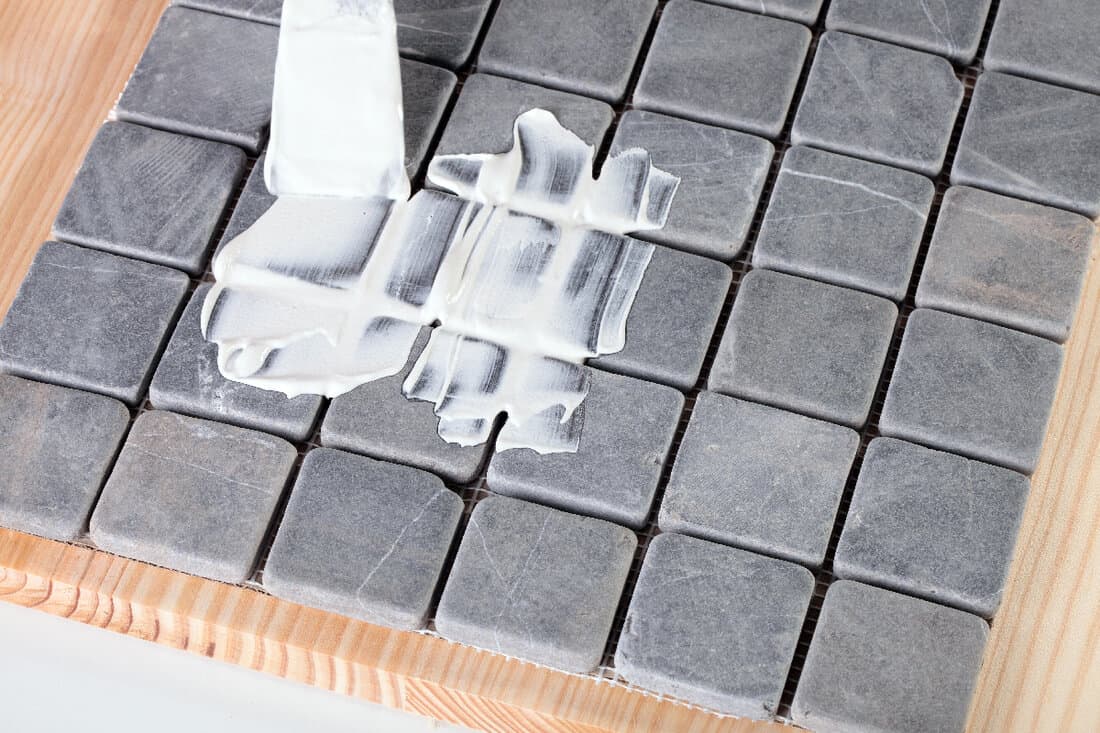
When applying grout with a trowel, a certain amount of precision and technique is needed, as applying it too thinly can result in it crumbling. Applying too much will result in you having to spend extra time removing the excess from the tiles. Also, sometimes technicians do not press the grout deeply enough into the joints, causing it to create a bridge between the grout lines in the tile.
This bridge issue is fairly common with inexperienced grout installers. Unfortunately, the grout will need to be removed and re-applied so that it's densely packed between the tiles. If the grout is not replaced, it will continue to crumble, which will eventually cause issues with moisture getting into the wall behind the grout.
Read more details about this trowel on Amazon.
Improper Sealing
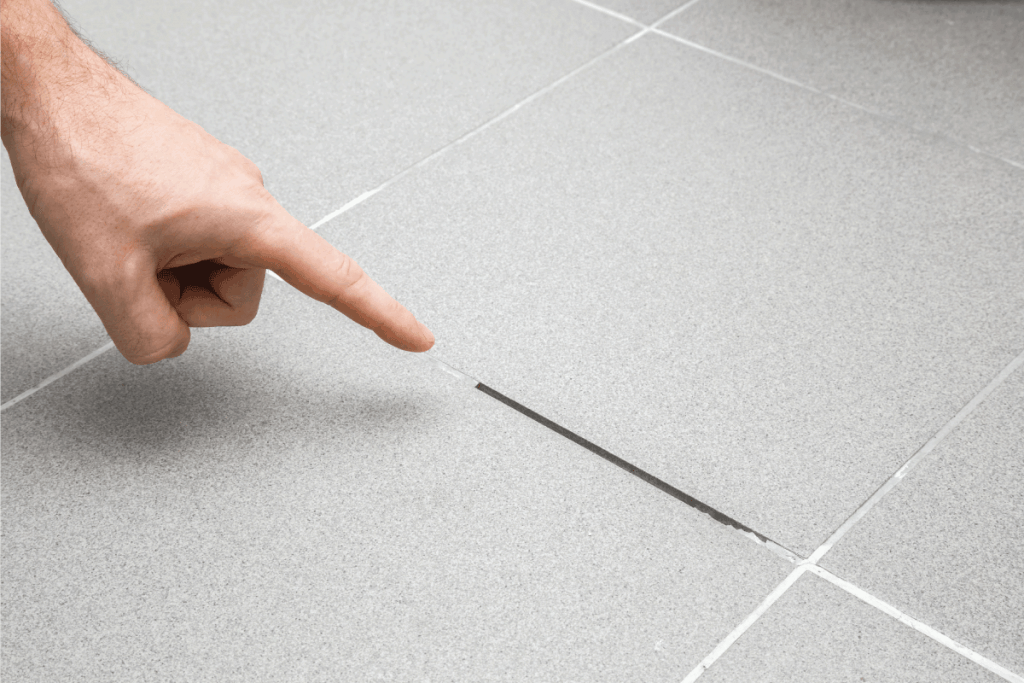
Except for epoxy grout, grout will typically need to be sealed after it has been installed. Sealing the grout will prevent it from absorbing moisture and liquids from personal products, which may, over time, cause it to stain. However, if the grout has not been sealed properly, and it is not an epoxy-based grout, it can begin to crack and fall out over time.
It's not easy to detect grout that has been poorly sealed immediately, but you may notice that it begins to develop mold or discoloration issues over time. The biggest way to treat this issue is to thoroughly clean the grout, allow it to dry for at least 24 hours, and then apply a quality sealant. The sealant can be sprayed on top of the grout or applied directly to the grout lines.
Learn more about this grout sealant on Amazon.
Bad Grout Curing Timing

If grout is not given the proper time to cure after it's been applied, this can also lead to it crumbling and falling out. Curing time is crucial when it comes to grouting as the grout needs time to form a solid bond and harden before it effectively prevents water leakage.
If this is the case, the grout will need to be removed and replaced with new grout. If your contractor has not allowed the grout to cure long enough, it's best to contact another contractor for the re-grout application.
Cleaners That Are Too Harsh
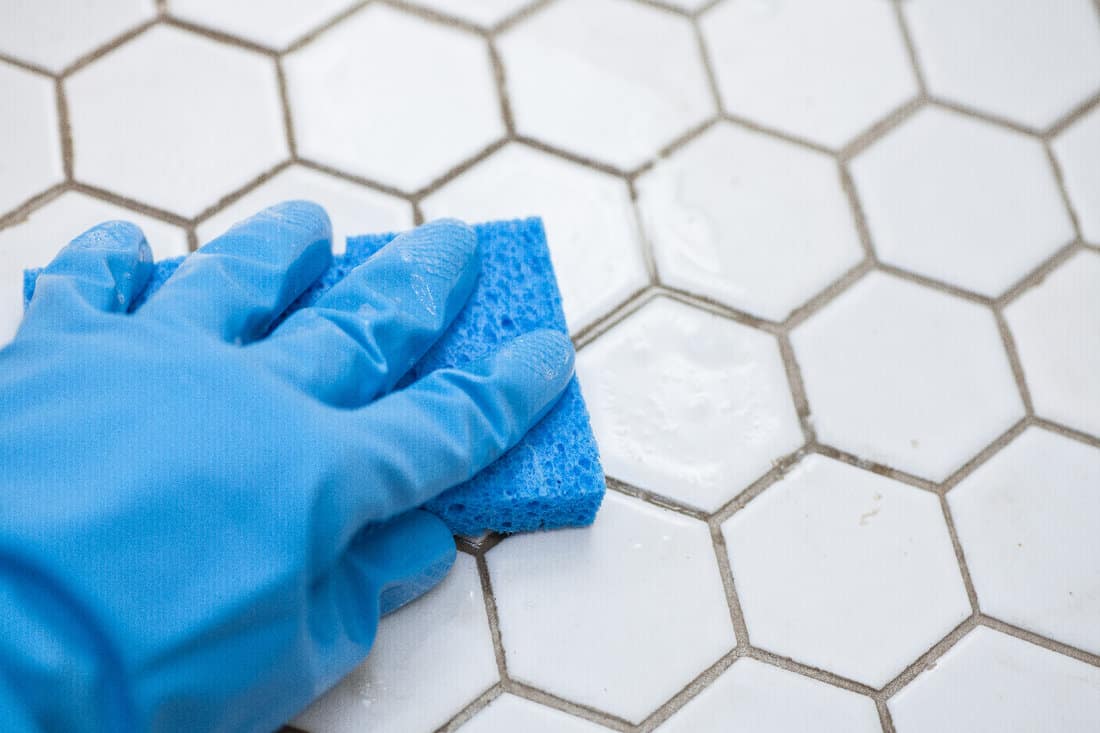
You may not realize this, but the types of cleaners that you used to clean your tiles and grout can also cause it to fall out. Harsh cleaning chemicals in bathroom cleaners such as pneumonia and vinegar can break down the sealant on top of the grout, exposing the surface beneath. This can often lead to cracked, unsightly, and crumbling grout that will need to be repaired or replaced.
Wear And Tear
Like other materials and components in a home, grout can become worn from simple wear and tear over time. Of course, inexpensive grouts may begin to age prematurely than more high-quality products. That being stated, if you find that your grout has become dingy, stained, crumbly, or dull, it's best to have it replaced with new grout to ensure the protection of your bathroom, kitchen tiles, or floor tiles.
Too Much Polymer Additive
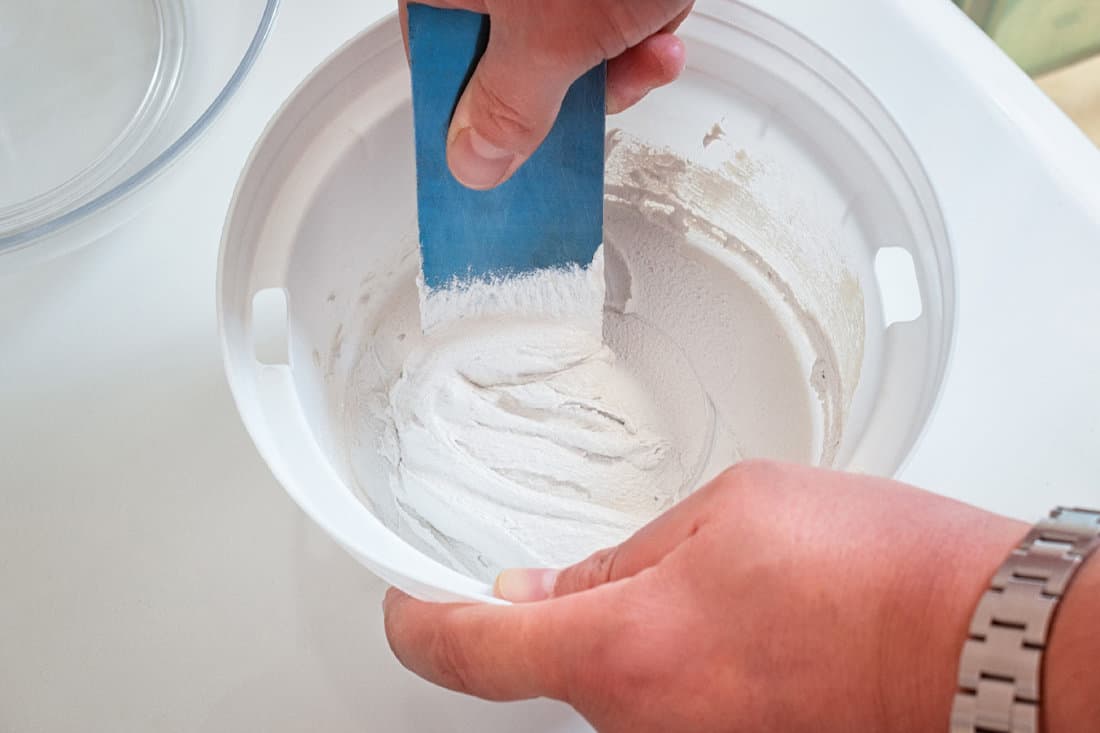
Sometimes contractors or inexperienced DIYers will add too much additive to the grout when mixing it. The polymer is used to help enhance the performance of the grout. However, adding too much can cause excessive evaporation leaving pinholes in the grout, making it very susceptible to cracking and crumbling.
The best solution for this is to remove the old grout and replace it with new grout. You'll also want to make sure that you correctly measure the amount of additive to add to the grout. This isn't something that you want to guess, as it can result in you having to re-grout the area all over again.
Can You Put New Grout Over Old Grout?
Yes, you can apply new grout over old grout if it needs replacing. However, it depends on the height of the grout. For example, if the grout is too high, the new grout will not fit into the grout joints. This will result in the grout spilling over onto the top of the surrounding tiles and eventually cracking and falling off.
Can You Touch Up Grout After It Dries?
Absolutely. For example, if you applied the grout too thinly and want to go back and add more to increase the height of the grout line, you can do this. It's best to use the same grout type when applying the new layer over the old layer. You'll also want to ensure that you properly tool the grout after it's cured to ensure that the new grout lines are straight and even.
Do You Have To Remove All Grout When Regrouting?
You don't always have to remove all grout when re-grouting unless the grout is in terrible condition. And in some cases, you may not even need to remove most of it. However, removing any dirty grout will be imperative as the new grout will need something to bond to something.
Remember, grout is mostly made up of cement, so as it dries, it will harden and break off if it's not properly bonded to a solid surface. In this case, the solid surface will need to be the old layer of grout.
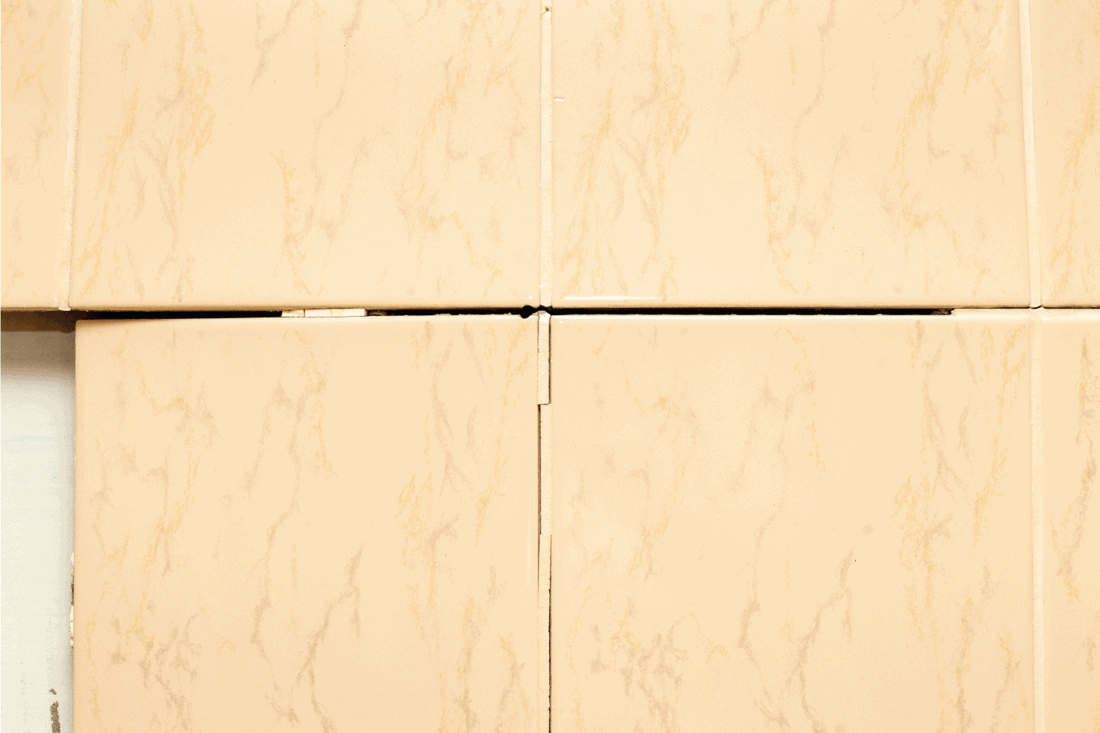
What Causes Grout To Crack When Drying?
There are a few things that may cause grout to crack as it dries. The most common reasons are excessive moisture, improperly mixed grout, grout that has not been applied properly, and low-quality grout. The area will need to be re-grouted using the correct application methods or properly mix grout in most cases. If the grout wasn't applied properly, you'd need to remove the old grout by scraping it off within the oscillating or manual removal tool then apply the new grout to the tile area.
Check out this grout removal tool on Amazon.
Wrapping Things Up
We hope that this post has helped explain the most common reasons why bathroom grout may begin to fall out. If you notice that your grout is starting to crumble, be sure to repair or replace it immediately to prevent it from developing into a bigger problem.
Before you go, be sure to check out our other posts:






What is wrong when the grout dries and it is powdery and loose sand